If you struggle with anxiety, panic, or trauma, you know how easily the mind can get hijacked by worries about the future or regrets about the past. Mindfulness offers a powerful pathway back to the safety and stability of the present moment. This grounding meditation will guide you to reconnect with your body and breath, restoring a sense of calm and presence.
Settling the Body
Begin by finding a posture that allows your body to feel supported and at ease, either seated or lying down. Gently extend through your spine, creating a sense of openness and space in your joints. Imagine that your muscles are softening like a gummy worm, loose and responsive. This process of consciously relaxing the body helps shift the nervous system out of fight-or-flight and into a state of open, grounded presence.
Breathing Into Presence
Now bring your awareness to the natural flow of your breath, letting it find its own unhurried rhythm. Gradually deepen your breathing, drawing the air down into your belly and lengthening each inhale and exhale. Notice how this diaphragmatic breathing slows down the heart rate and soothes the mind. With each breath, feel your whole being softening and settling ever more deeply into the present moment.
The Body Scan
Now imagine a beam of soft light extending from your awareness and beginning to scan through your body. Starting with your toes, notice subtle sensations like temperature, texture, pressure, and pulsation. Is the skin moist or dry? Are your toes touching fabric, open air, the floor, or each other? Without judging or analyzing, simply be present with the raw data of sensation.
Gradually progress the light upwards through your feet, ankles, calves, knees, and thighs. Pause at each joint, appreciating its inherent strength, flexibility, and range of motion. Feel into the dense networks of your muscles, observing any sensations of tension, vibration, warmth or coolness. With every exhalation, invite your tissues to let go a little more fully.
Draw the light up along your spine, experiencing the subtle oscillation of each vertebra with your breath. Then trace the light laterally across your shoulders, lingering at any spots of holding or constriction. Breathe into areas of sharpness, aching, numbness, or chill, encouraging them to soften and release.
Notice your face and head, observing subtle shifts in temperature and sensation. Relax your forehead, imagining a taut rubber band going slack between your temples. Allow your jaw, orbital bones, nostrils and lips to be soft and at ease. Feel the pleasant heaviness of your facial muscles as they hang from your skull.
Coming Home to Wholeness
To finish your body scan, drop your awareness into your heart center in the middle of your chest. With each beat of your heart, imagine waves of nourishing energy radiating out through your entire body. Feel this soothing pulsation in your fingers and toes, at the crown of your head, and deep in your belly. Rest here for a few breaths, savoring your body’s innate capacity for healing and wholeness.
As you feel ready to close your practice, begin to reawaken your body with small movements like wiggling your fingers and toes. Slowly open your eyes and reorient to your surroundings, knowing that you can return to this place of embodied calm whenever you need it. The more you practice mindfulness, the more readily your body and mind will remember this state of natural ease.
Navigating the Fog: An Informal Look at Postpartum Depression
Bringing a child into the world is a life-altering experience, filled with moments of profound joy and, just as often, overwhelming challenges. It’s common to hear about the "baby blues"—periods of sadness, weepiness, or anxiety in the first couple of weeks after...
Navigating the Echoes of Trauma: A Comprehensive Guide to Understanding and Healing from Complex PTSD (C-PTSD)
When Trauma Is Not a Single Event For many, the word "trauma" conjures images of a single, devastating event: a car accident, a natural disaster, a combat experience. While these are undoubtedly traumatic, there is another form of suffering, one that is often less...
Brainspotting vs. EMDR: Which Is Right for My Trauma?
This article was written by the clinical team at Taproot Therapy Collective in Birmingham, AL. We are a group of specialized therapists dedicated to providing the most advanced, effective, and neuroscientifically-backed treatments for trauma, anxiety, and depression.
Attachment, Emotional Arcs, and Somatic Approaches: From Mary Main’s Revolutionary Research to Contemporary Therapeutic Integration
Mary Main's Groundbreaking Attachment Research Mary Main (1943-2023) transformed our understanding of attachment through her revolutionary contributions to developmental psychology and attachment research. As a protégé of Mary Ainsworth at Johns Hopkins University,...
Coping with the Loss of a Beloved Pet
Grief, Healing, and Brainspotting for the Loss of a Pet The bond between humans and their animal companions is a powerful one. Pets provide us with unconditional love, emotional support, and constant companionship. They are a source of joy, laughter, and comfort. So...
Beyond PTSD: Rethinking Trauma Diagnosis Through Memory Systems and Targeted Treatment
The Limitations of Current Trauma Diagnosis Leading trauma experts Gabor Maté and Bessel van der Kolk have long argued that the DSM-5's approach to trauma diagnosis fails to capture the complexity of how trauma manifests in different memory systems and...
Is EMDR Pseudoscience? Is EMDR Evidence Based?
The Complex Reality of EMDR in Clinical Practice Eye Movement Desensitization and Reprocessing (EMDR) occupies a unique and controversial position in the landscape of trauma therapy. While some practitioners report remarkable results, researchers often express...
The Weird History of Psychotherapy Part 5: The Perennial Philosophy
Socrates and the Daimon: The Ancient Shamanic Function Athens, 399 BCE. Socrates holds a cup of hemlock—poison that will kill him if he drinks it. His students beg him to flee; the guards would look the other way. He could escape to Thessaly and continue teaching....
Exploring the Depths of Jungian Psychology with Quique Autrey | PSYCHE Podcast Interview
In this captivating episode of the PSYCHE podcast, host Quique Autrey embarks on a deep dive into the world of Jungian psychology with guest Joel Blackstock. Together, they explore a wide range of topics, from the potential oversimplification of Jung's ideas by...
Who was Mesmer and WHat is Animal Magnetism?
From Mesmerism to Modern Psychotherapy: The Enduring Legacy of Franz Anton Mesmer and the Importance of Empirical Validation Franz Anton Mesmer, the 18th-century German physician, is often considered the father of modern hypnosis. His theory of animal magnetism, or...
What is a “Purple Hat Therapy”?
Purple Hat Therapy and the Evolution of Alternative: Psychotherapies From Energy Meridians to Polyvagal Stimulation Purple hat therapy, a novel approach claiming to heal through the power of colored headwear, has recently gained attention in the alternative therapy...
Reclaiming the Soul of Psychology: Recentering the Study of Consciousness in Psychotherapy
Psychology, as a field, stands at a critical juncture. Over the past few decades, the focus has shifted away from the fundamental nature of human consciousness and towards a more mechanistic, symptom-focused approach to mental health. Manualized therapies, diagnostic...
The Power of Archetype Meditation: Unlocking Inner Healing Through Jungian Archetypes
In a fast-paced world filled with stress and disconnection, finding a path to inner peace and self-discovery is more important than ever. Archetype meditation, a transformative practice rooted in Jungian psychology and Internal Family Systems (IFS) therapy, offers a...
Mapping Your Shadow: A Somatic Approach to Jungian Shadow Work
In the journey of self-discovery and psychological healing, few paths go as deep as shadow work. Today, I want to share insights from our recent meditation session that explores the intersection of Jungian shadow work, somatic experiencing, and other post-Jungian...
The Sacred Pond: A Guided Meditation for Releasing Anger and Resentment
If you find yourself weighed down by anger, resentment, or a sense of heavy obligation, this guided meditation offers a pathway to peace and freedom. Through the power of visualization and embodied mindfulness, you will journey deep into a tranquil forest to release...
Transforming Fear: A Guided Meditation for Phobias and Trauma
Do you struggle with a specific phobia, traumatic memory, or overwhelming emotion that feels impossible to face? This guided meditation will help you build the capacity to gradually transform your relationship to this challenging inner experience through the power of...
Unlocking the Power of Ericksonian Hypnosis: Crafting Personalized Guided Meditations
How to do Guided Meditation with Clients The renowned psychiatrist Milton H. Erickson was known for his unconventional yet highly effective approach to hypnosis and psychotherapy. One famous anecdote illustrates the essence of his technique: As recounted by Erickson's...
What Does Mysticsim have to do with Therapy?
The Mystical Depths of the Psyche: Exploring the Intersection of Mysticism, Psychology, and Psychotherapy Throughout history, humans have sought to understand the depths of their own minds and souls through various mystical and spiritual traditions. In recent times,...
PTSD and Intuition: Did Our Reptile Ancestors have a Literal Third Eye?
The Subcortical Brain and the Roots of the Unconscious The human mind is a vast and complex landscape, with conscious awareness representing only the tip of the iceberg. Beneath the surface lies a realm of unconscious processes, instincts, and archetypal patterns that...
Brainspotting Therapy for Children and Teens: How It Works and What It Treats
Can you do Brainspotting for Children and Teenagers? Brainspotting is a powerful therapeutic technique that is gaining popularity for its ability to help people process unresolved trauma, negative emotions, and behavioral challenges. But many people wonder: Can...
Understanding Postpartum Depression: Symptoms, Effects, and Treatment
How do you know if you have postpartum depression? Postpartum depression (PPD) is a serious mental health condition that affects many new mothers in the weeks and months following childbirth. It is characterized by persistent feelings of sadness, anxiety,...
Fibromyalgia: A Journey Through Pain and Healing
How does Therapy Treat Fibromyalgia? Fibromyalgia is a complex, chronic condition that affects millions of people worldwide, primarily women. It is characterized by widespread musculoskeletal pain, fatigue, sleep disturbances, cognitive difficulties, and a range of...
What is Emotion?
Emotion: A Conjunction of Inner and Outer Spheres James Hillman's book Emotion: A Comprehensive Phenomenology of Theories and Models presents a philosophical and psychological exploration of emotions, investigating them not as mere physiological responses but as...
The Bridge Between Ancient Wisdom and Modern Practice
How Can Ancient Practices Inform Modern Therapy In today's fast-paced world, an interesting phenomenon has occurred - ancient spiritual practices that originated hundreds or thousands of years ago have undergone a remarkable transformation, evolving from their roots...
The Neuroscience and Phenomenology of Brainspotting
An In-Depth Exploration of What Brainspotting Does in the Brain Brainspotting is a relatively new psychotherapy approach that combines elements of psychodynamic, somatic, and mindfulness-based therapies to facilitate deep emotional healing and trauma resolution [1]....

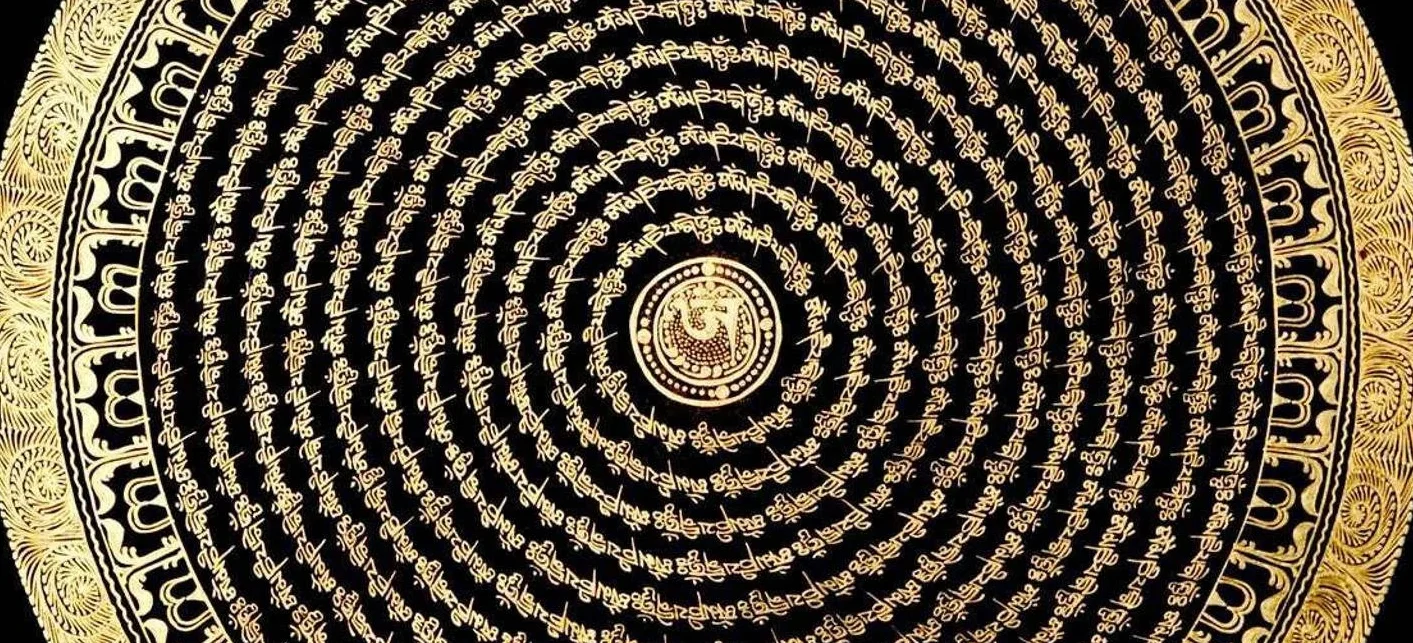



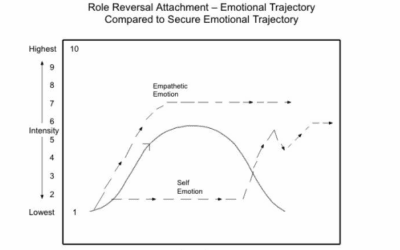

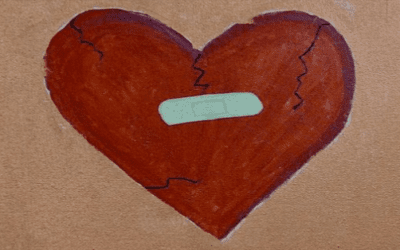
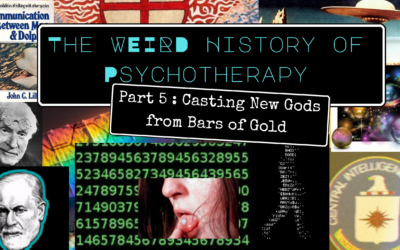








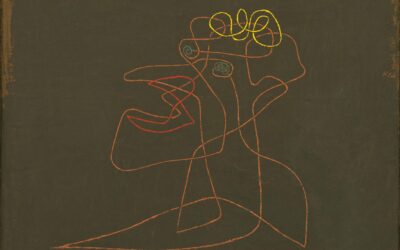






0 Comments